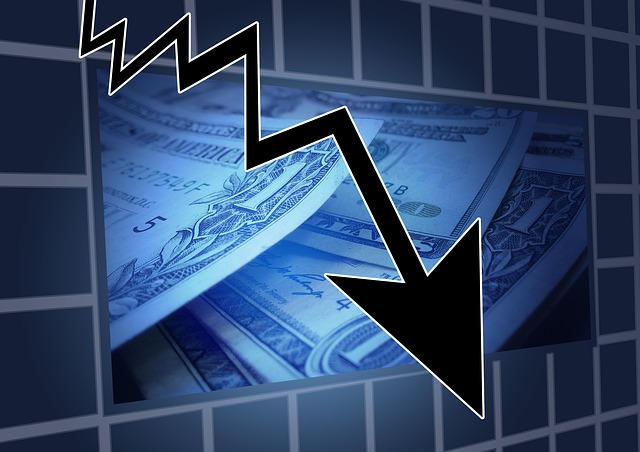BLI: Widespread climate of uncertainty likely to impact global economic growth

The Trump administration's announcement in early April of much higher-than-expected tariffs has created a widespread climate of uncertainty that is likely to impact global economic growth in the months ahead, note Guy Wagner and his team in their latest monthly market report "Highlights".
“As a result, the statistics published for the first quarter are hardly representative of future trends, as most consumers and businesses acted in anticipation of the tariff announcement, leading to major distortions,” says Guy Wagner, Chief Investment Officer (CIO) of the asset management company BLI - Banque de Luxembourg Investments.
“In the United States, Gross domestic product fell by 0.3% annualised, due to a sharp increase in the trade deficit caused by soaring imports.” Although growth in domestic consumption moderated, it remained firm, rising by 1.8%. In the Eurozone, GDP grew by 0.4%, double expectations, marking the fifth consecutive quarter of growth.
“However, surveys of European business leaders suggest that US tariffs will have a negative impact on business over the coming months.” In China, GDP grew at an annual rate of 5.4%, thanks to an acceleration in exports prior to the introduction of the tariffs. Government authorities plan to mitigate the negative effects of the US tariff policy with additional fiscal stimulus measures. In Japan, tariff barriers are reducing the growth potential of the country's export-intensive economy.
Inflation is treading water in the eurozone
Although the downward trend in US inflation continued in March, it could be reversed in the coming months by price increases resulting from tariffs. Overall inflation fell from 2.8% in February to 2.4% in March. In the Eurozone, inflation is treading water. In April, the headline inflation rate remained unchanged at 2.2%.
Federal Reserve prefers a wait-and-see approach
The US Federal Reserve did not hold a meeting in April. In a speech in Chicago, Chairman Jerome Powell maintained his preference for a wait-and-see approach following the announcement of the tariffs, in order to better assess their impact on inflation and economic growth.
In the eurozone, the European Central Bank cut its deposit rate by a further 25 basis points to 2.25%. “The negative impact of US tariffs on European growth, the rising euro and low oil prices could prompt monetary authorities to lower their key rates again at their next meeting in June,” guesses the Luxembourgish economist.
Investors question the ultimate safe-haven status of US Treasuries
In April, US government bond yields proved volatile, falling just after the announcement of the tariffs, “then rising again as investors questioned the ultimate safe-haven status of US Treasuries in light of the new US administration's threatening practices towards trading partners”.
The subsequent announcement that most tariffs would be suspended for 90 days again led to an easing in long-term yields, which ended the month virtually unchanged. In the eurozone, bond yields eased due to the unfavourable impact of US tariffs on economic growth on the old continent. The benchmark 10-year rate fell in the US, Germany, France, Italy and Spain.
US Dollar biggest loser of “Liberation Day” so far
Although stock markets were very volatile during April, they ended the month at levels almost unchanged from those at the end of March. Guy Wagner: “Donald Trump's about-face, announcing tariffs on “Liberation Day”, April 2, only to suspend them partly for three months a few days later, explains the ups and downs in stock prices.”
The 4.1% decline in the MSCI All Country World Index Net Total Return, expressed in euros, was almost entirely due to the fall in the dollar. In local currency terms, the main stock market indices fell only slightly. “In terms of sectors, consumer staples, utilities and industrials fell the least, while energy, healthcare and consumer discretionary posted the most notable declines.”









